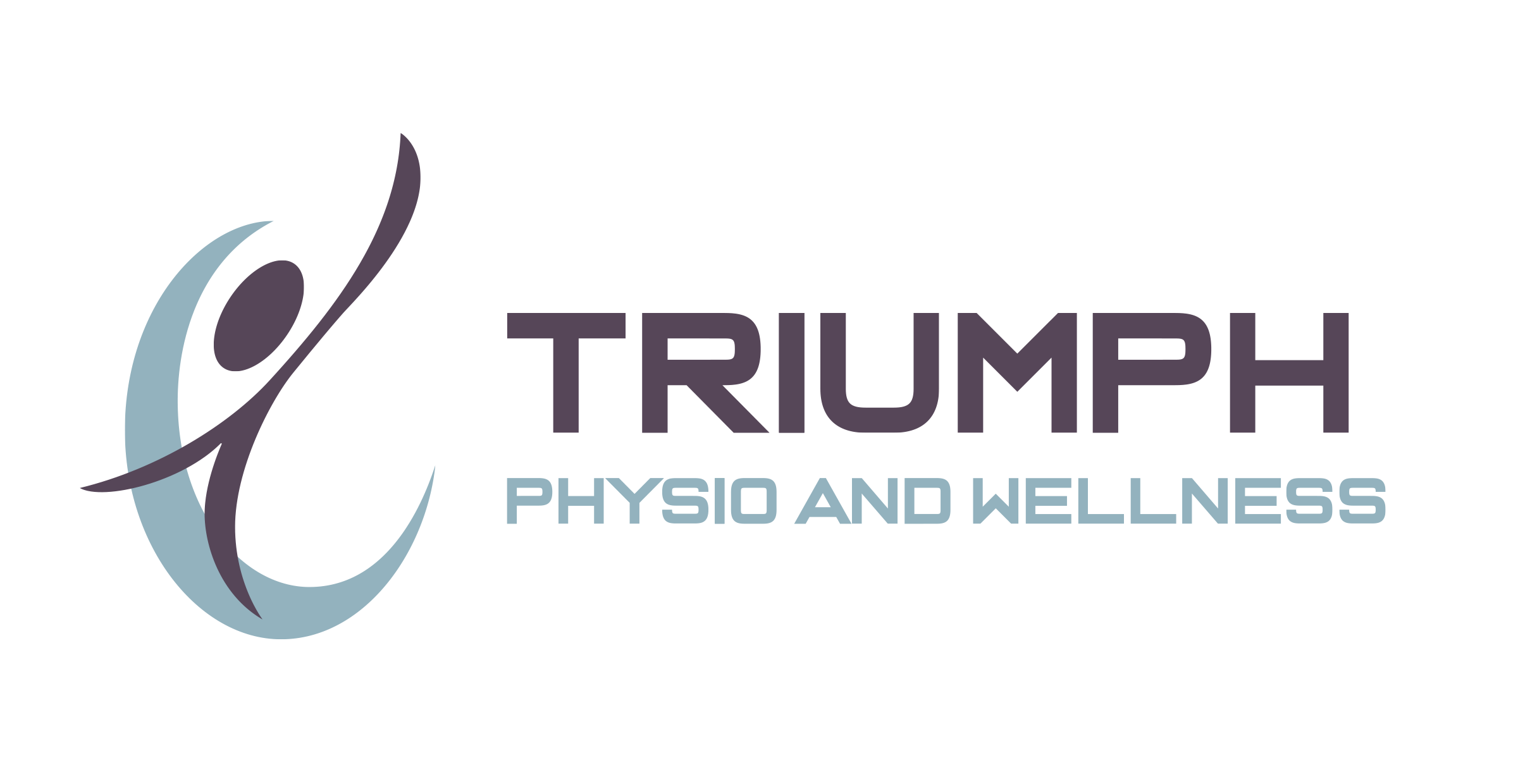Is There a Difference Between Physio and Sports Therapy?
In the world of physical rehabilitative exercises, there can be a lot of misunderstanding surrounding different names for types of treatment. Two that cause some of the most confusion are physio and sports therapy.
At first, they seem to be the same, however there is a difference between physio and sports therapy! In this guide, we’ll explain physio versus sports therapy and break down the things they share in common and the things that set them apart. Let’s take a look!
What is Physiotherapy?
Physiotherapy, or physio for short, is a form of healthcare that uses physical treatments to treat injury or illness. The main purpose of physiotherapy is to restore mobility and reduce pain. Physiotherapists use a variety of techniques to do this, including soft tissue release, joint manipulation/mobilization, and other specific exercises that target various parts of the body.
Physiotherapy is suitable for all ages and body types and has countless applications, including:
Chronic and acute pain reduction and management
Muscle and joint strengthening
Improved movement, balance, and coordination
Post-surgery recovery
Restoring abilities and activity after an injury
Improving overall fitness and athletic ability
A key aspect of physio is its custom nature—treatment plans are developed individually for each patient, ensuring the exercises and treatments are suitable for that person’s unique needs.
What is Sports Therapy?
Sports therapy is a very similar practice to physiotherapy. The biggest difference is that, as the name implies, sports therapy is focused solely on athletes and their performance in their chosen sport(s). Like physiotherapists, sports therapists use physical treatments to identify, treat, and prevent sports injuries.
Sports therapy addresses a number of sport-related physical concerns. Responsibilities of a sports therapist include:
Diagnosing and treating sports injuries
Providing guidance and techniques to help athletes prevent injuries
Provide preventative tools (e.g., braces, wraps, etc.) to prevent or mitigate injuries
Provide continuous treatment to athletes with ongoing injuries/illnesses
Help create training programs that support recovery
Provide guidance on rest and recovery time for injured athletes
Just like physio, sports therapy uses custom treatment plans to address the individual needs of each patient, ensuring the treatments promote recovery and allow the patient to return to their sport with time.
Sports Therapy vs. Physio
While sports therapy and physio share much in common, they have about as many differences as similarities. Here’s a breakdown of what sets these two types of treatment apart:
Education – While there are extensive requirements to practice both physio and sports therapy, the contents of the training is quite different between the two. Physio education focuses on musculoskeletal, neurological, and cardiorespiratory rehabilitation, while sports therapy training primarily focuses on musculoskeletal systems.
Knowledge of "Pathology" – Essentially, a key difference in our education is the knowledge we possess about when the body systems are not working optimally due to medical conditions, such as COPD, Parkinson's, Rheumatoid Arthritis, etc.
Prevention vs. Treatment – Both physio and sports therapy provide proactive treatments, however sports therapy tends to be used more often for injury management and more urgent care. Physiotherapy, on the other hand, is more often used for ongoing issues or for proactive care.
Sport-Related Treatment – Generally speaking, sports therapists focus on injuries and preventative treatments specifically for athletes. While some non-athletes also get treatment from sports therapy, physio and its more comprehensive approach to wellness is better suited for general, non-sport-related concerns.
Short vs. Long-Term Goals – Sports therapy does help with long-term athletic goals, but its primary focus is to help athletes recover from injuries in the shorter term, allowing them to safely return to their usual activity. Physio is better suited for providing long-term treatment and comfort for the activities of day-to-day life.
How to Choose Between Physio and Sports Therapy
If you thought physio and sports therapy were the same thing, we don’t blame you. The distinction is not always obvious.
The key takeaway is that sports therapy is, naturally, geared towards athletes. It’s designed to treat sports injuries, adjust training routines, and generally support the performance of athletes—particularly those playing at a high level that demands a lot from their bodies.
Physiotherapy can certainly help athletes as well, however it has the bonus benefit of being able to address countless other types of issues—not just sport-related concerns. So whether you’re dealing with whiplash after a car crash or back pain from sitting at your work desk, physio is here to help—whether you’re an elite athlete or a weekend warrior.
Depending on your lifestyle and needs, one of these treatments might be better for you than the other. The good news? Triumph Physio offers both physiotherapy and sports therapy services! Treatment begins with your initial consultation, where we assess your situation, your goals, your needs, and your abilities to create a custom treatment plan to support your recovery and prevent further problems. From here, we’ll recommend sports therapy treatments, a physiotherapy treatment plan, or a combination of both to help you get back on track.
Contact us today to see which type of treatment is best for you and your needs!
Creative Commons Attribution: Permission is granted to repost this article in its entirety with credit to Triumph Physio and Wellness and a clickable link back to this page.

